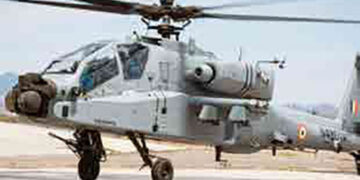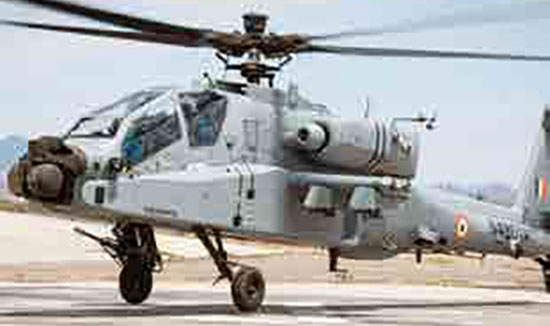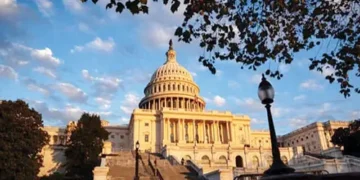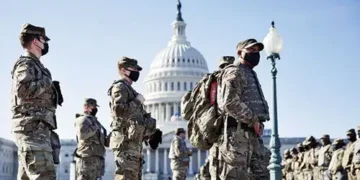Team Blitz India
ARECENT report released by the Stockholm International Peace Research Institute (SIPRI) makes for interesting reading. Although Russia is still India’s biggest weapons supplier, weapons sales from the US to India have increased dramatically.
India now buys a whole range of defense weaponry from the United States. This includes C-17 Globemaster III aircraft, Ah-64 Apache attack helicopters, Mh-60 Romeo helicopters, P8I Poseidon Maritime reconnaissance aircraft, and many more deals are in the works.
It is to be noted here that during Prime Minister Narendra Modi’s landmark state visit to the US in June last year, the U.S. company Ge Aerospace inked a pact with hindustan Aeronautics Limited (hAL) to jointly produce fghter jet engines for Indian Air Force’s Light Combat Aircraft (LCA)-Mk-II—Tejas.
This is a landmark deal for both countries and could open doors for many more deals to come. Russia (and its predecessor the Soviet Union) used to be the main source of weaponry for India, but now India is drawing from a wide variety of countries like the U.S., France and others like Israel.
For India, the US is a very important partner as it faces twin threats from Pakistan in its western fank and China on its northern fank. The relations between India and the US changed in the aftermath of the landmark nuclear deal of 2008 under which the U.S. agreed to do nuclear commerce with India.
The US sees India as an indispensable partner as it seeks to counter an increasingly assertive China. Beijing under President Xi Jinping has made no bones about the fact that it wants a bigger say in the region.
however, the challenge on the defense front between India and the US will be the issue of technology transfer since India is now putting greater emphasis on its “Make in India” initiative, which aims at the indigenisation of its defense weaponry.
What remains certain is that defense relations between India and the US will continue to grow irrespective of possible changes in governments at both ends.
































